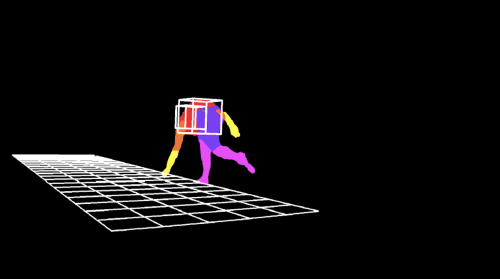Anatomical and mechanical constraints to athletic performance: studies in cheetahs, horses, humans and other animals.
Expert Speaker Series

4pm, Tues 7th May, CB 2.6, University of Bath
Alan will talk about the specialised anatomy of athletic animals, with particular reference to muscle-tendon interaction. He will talk about the development of technology using high accuracy GPS and inertial sensors for studying locomotion of free-ranging animals in their natural environment and processing of those data. He will discuss the insights gained from using his novel technology in studies of African predators and their prey, free flying birds and occasionally humans. These include the costs and benefits of birds flying in a flock, the tactics an antelope should use to evade capture by a cheetah and the mechanisms that enable a wildebeest to walk 80 km over five days in 40oC without drinking.
Alan Wilson is Professor of Locomotor Biomechanics and head of the Structure and Motion Lab at the Royal Veterinary College. www.rvc.ac.uk/sml
He holds first degrees in veterinary science and physiology, a PhD in tendon biomechanics and has worked in animal locomotion research since qualifying in 1987. He is registered as a Veterinary Surgeon in Botswana and South Africa specialising in wildlife capture and he is the main pilot for the RVC research aircraft.
His research interests include the design of animals for high speed and economical locomotion, innovative measurement techniques for studying animals during field locomotion, and muscle-tendon interaction in locomotion. He has held BBSRC, EPSRC, ERC, CHDI (charity) and DARPA (US Defence Agency) funding to study locomotor biomechanics in a range of species. He has held three BBSRC CASE awards, developing GPS based localisation technology (for terrestrial and aerial locomotion), integrating physiological data with ultra-wideband radio derived speed and position data (for horseracing), and applying wireless sensors for physiological measurements respectively. His DARPA funding with Boston Dynamics explored design principles of cheetah- and dog- inspired high-speed robots. He has published papers demonstrating and validating innovative techniques for measurement of function during high speed locomotion and papers using these techniques to demonstrate basic biological mechanisms (including eight in Nature and one in Science). His google scholar h-index is 53 and 97 of his papers have received more than ten citations in the last five years.










